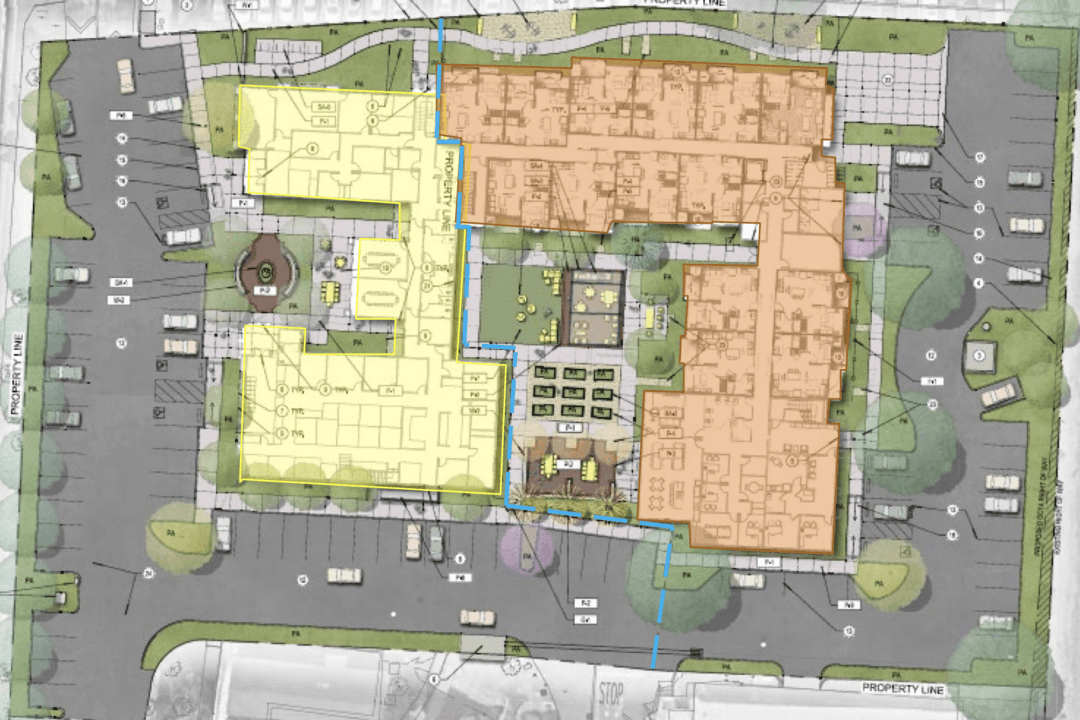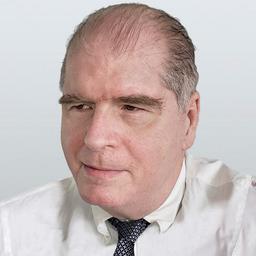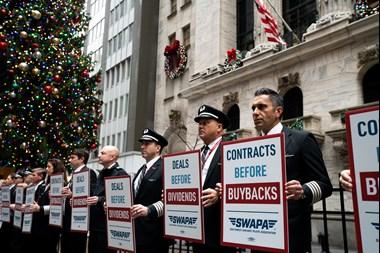Commentary
A recent opinion piece in The New York Times titled “The Era of Shutting Others Out of New York’s Suburbs Is Ending“ discussed a growing trend among state legislatures, particularly in ”blue” states, to force changes in local zoning laws in the suburbs to allow more multifamily housing.





